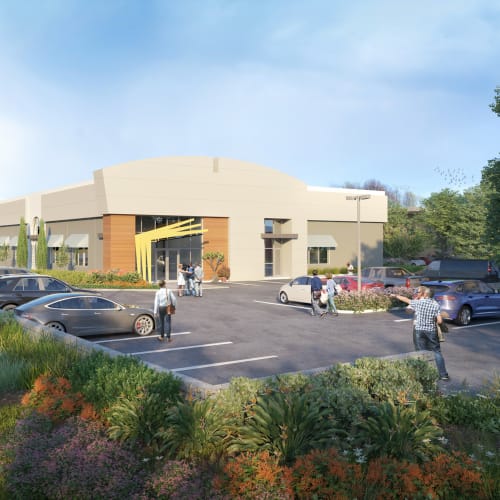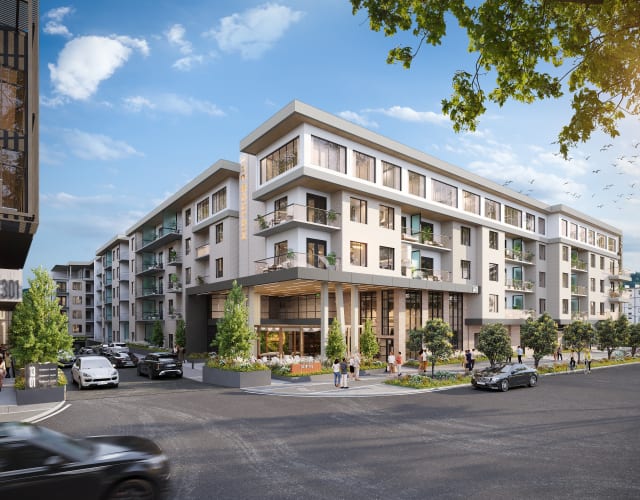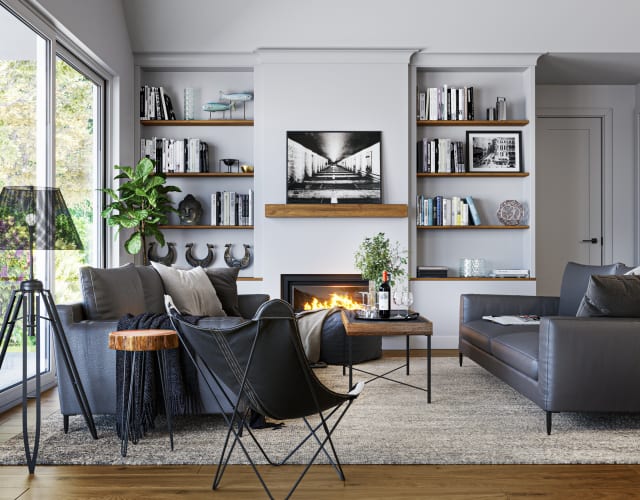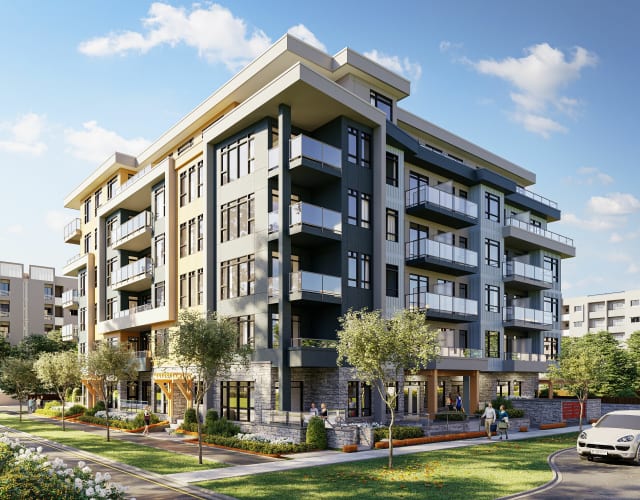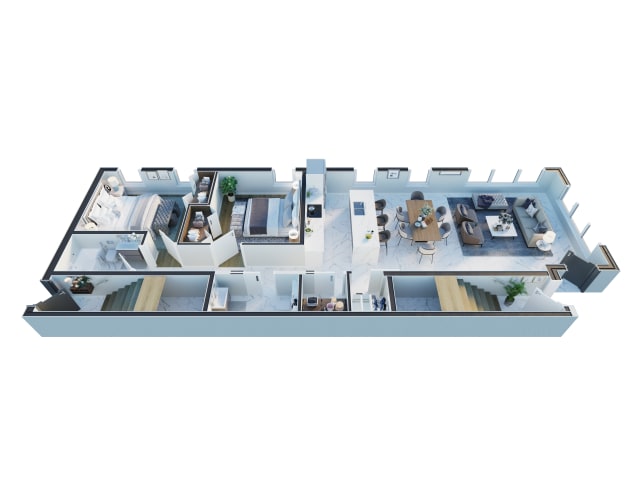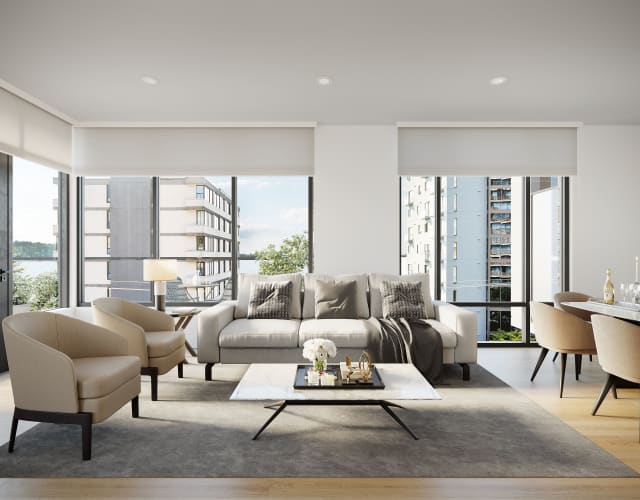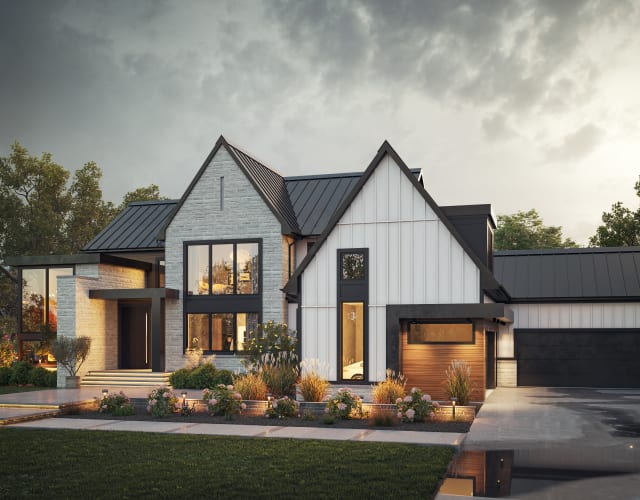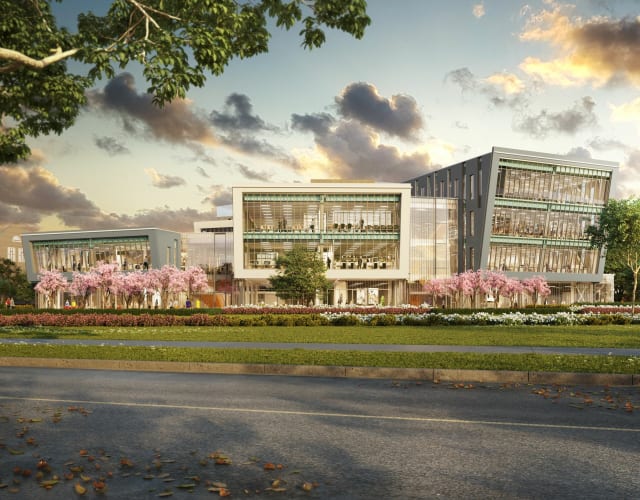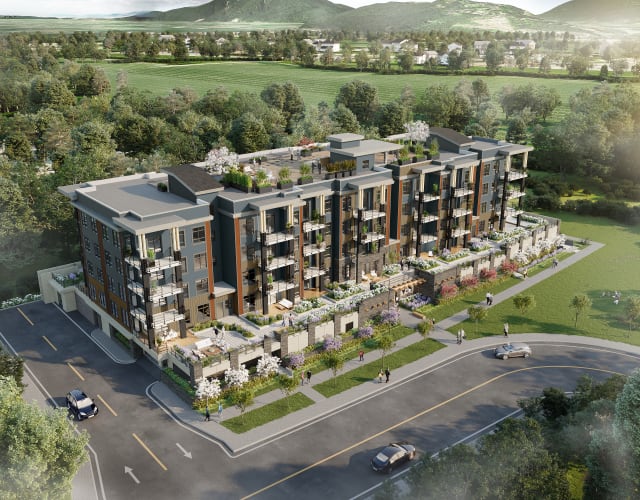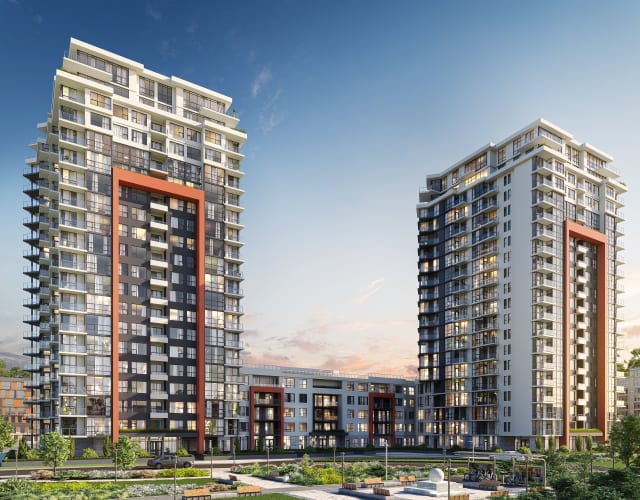Museum Interior Rendering: 10 Benefits for Exhibition Design
by RealSpace
Museum interior rendering has revolutionized the way exhibition spaces are designed and conceptualized. It is a specialized branch of architectural visualization that offers numerous benefits in the museum sector. In this article, we will explore ten key advantages of utilizing museum interior rendering in the creation and planning of museum exhibits.
1. Visualizing the Conceptual Space
Museum interior rendering allows designers to create a detailed and realistic visualization of the exhibition space. This includes aspects such as the layout of exhibits, wall colours, lighting, and the overall ambiance. The ability to visualize these elements before actual construction or renovation begins is invaluable for planning and decision-making.
2. Enhancing Creative Collaboration
Rendering technology facilitates collaboration among museum curators, designers, and stakeholders. By using 3D models, teams can work together more effectively, sharing ideas and making collective decisions. This collaborative approach ensures that the final design is a product of combined expertise and creative inputs.
3. Improving Visitor Experience Design
The primary goal of museum exhibition design is to create an engaging and educational experience for visitors. Interior rendering helps designers conceptualize and plan the visitor's journey through the exhibition, considering factors like flow, interaction, and narrative storytelling within the space.
4. Facilitating Design Revisions and Flexibility
One of the significant benefits of museum interior rendering is the ease of making design revisions. Changes can be made and visualized quickly, allowing for flexibility and experimentation with different design concepts. This adaptability is essential in achieving the perfect balance between aesthetic appeal and functional design.
5. Realistic Representation of Lighting and Atmosphere
Lighting plays a crucial role in setting the tone of an exhibition and highlighting artifacts. Through interior rendering, designers can simulate various lighting conditions and effects, providing a realistic representation of how the space will look under different lighting scenarios.
6. Cost-Effective Planning and Resource Allocation
Using museum interior rendering in the design process can lead to cost savings and efficient resource allocation. By finalizing designs digitally, the need for physical models and multiple mock-ups is reduced, leading to more efficient use of funds and materials.
7. Enhancing Marketing and Promotional Strategies
High-quality renders of museum interiors can be used in marketing and promotional materials. They provide potential visitors with a preview of the exhibition, generating interest and excitement. This can be particularly beneficial for securing sponsorships and generating public enthusiasm.
8. Integrating Interactive and Digital Elements
Modern museum exhibits often incorporate interactive and digital elements. Interior rendering allows designers to plan and visualize the integration of these technologies within the exhibition space, ensuring they complement the overall design and enhance the visitor experience.
9. Optimizing Space Utilization
In museum design, optimizing space usage is crucial. Interior rendering helps in planning the layout and arrangement of exhibits, ensuring that space is used efficiently while maintaining aesthetic and functional aspects like visitor flow and accessibility.
10. Enabling Pre-Opening Testing and Feedback
With realistic interior renders, museum teams can conduct pre-opening testing and gather feedback. This includes virtual walkthroughs and focus group discussions, allowing for adjustments based on visitor feedback before the actual opening of the exhibition.
Conclusion
In conclusion, museum interior rendering is a powerful tool in exhibition design, offering benefits that range from improved visualization and collaborative planning to cost-effective resource management and enhanced visitor experiences. By leveraging this technology, designers can create immersive, educational, and engaging museum experiences that captivate and inspire visitors.


